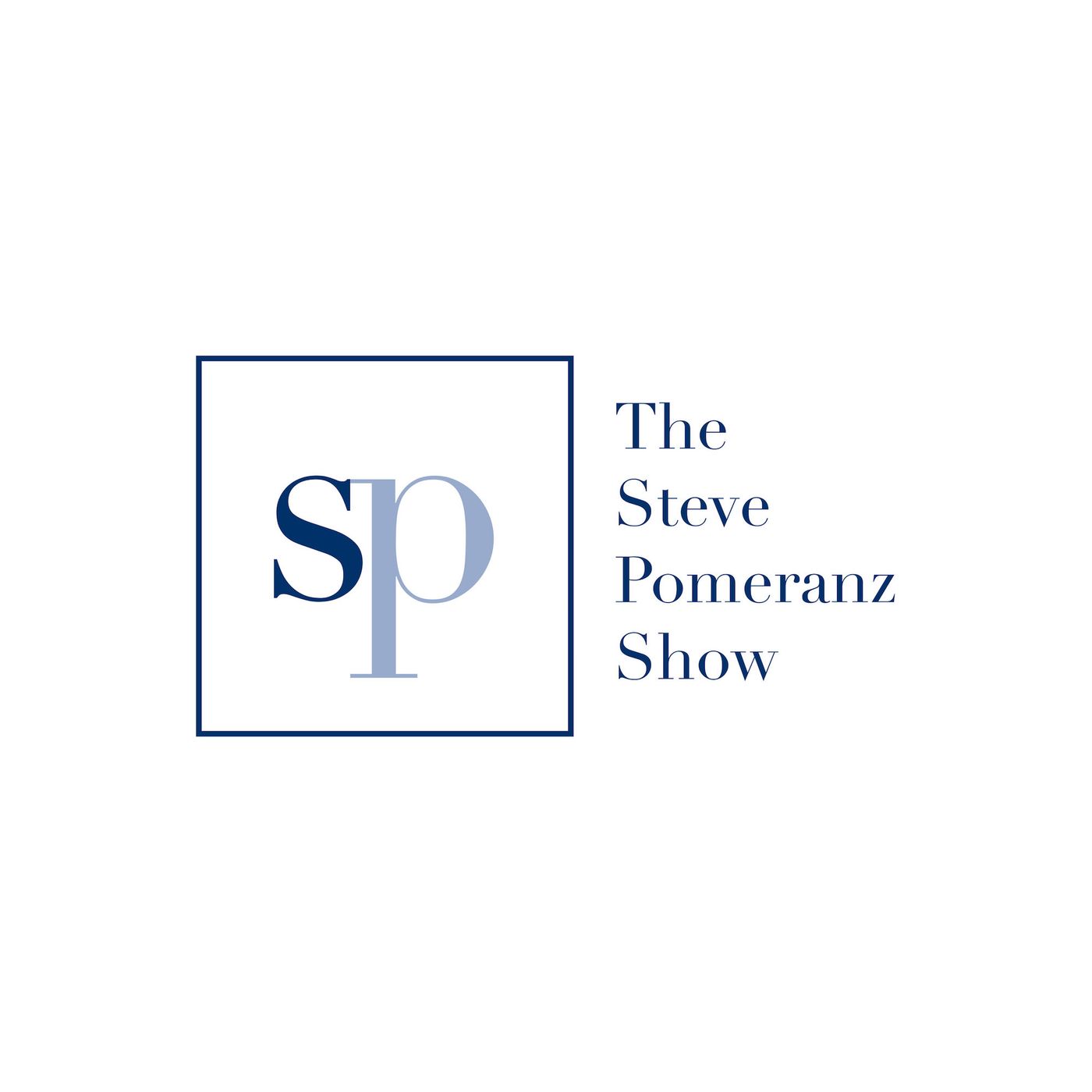Trumponomics 101: What A Trump Stock Market Looks Like So Far

b"With John Thomas, AKA the Mad Hedge Fund Trader
Guest John Thomas is a hedge fund manager and finance blogger who has dubbed himself the \\u201cMad Hedge Fund Trader\\u201d, a title that may surprise you if you actually look at his resume and credentials, both of which are impressive: He founded and later sold the first international hedge fund and was a member of White House press corps in the 1980s, to name two highlights.\\xa0\\xa0 Steve opens their wide-ranging conversation by asking whether it's true that hedge fund managers\\u2014perhaps emulating a strategy used by some of the all-time great investors\\u2014often seek out assets that are mispriced.\\xa0 John agrees that, indeed, this principle is the \\u201cbread and butter\\u201d of fund managers and financial advisors.\\xa0 He adds that his fund tries to buy cheap assets and sell (short) expensive ones, a simple principle that unsurprisingly isn't as easy as it sounds.
Stock Market 2017 Forecast and Trumponomics
Diving deeper into John's recent writing and investment moves, he explains that he correctly foresaw that tech companies' stock prices would get, as he puts it, \\u201cabsolutely trashed\\u201d in the immediate aftermath of Trump's election victory.\\xa0 The reasons he expected this short-term fall had to do with the well-publicized lack of love\\u2014politically speaking\\u2014between Silicon Valley and the President-Elect, and market anticipation that highly globalized tech companies could face strong headwinds from Trump's anti-globalization, anti-immigration, pro-tariff stances.\\xa0 While tech stocks have rebounded, John pocketed some nice returns from his foresight and quick trades.\\xa0 In fact, he's still bearish on the tech sector until Trump makes clear whether he intends, in John's words, to \\u201cpursue his anti-globalization fantasies\\u201d of 35% \\u2013 45% import duties for Mexico and China.\\xa0 John is convinced that such reckless protectionism could lead to grave results for the US and world economies, setting up Trump to become a modern Herbert Hoover, the US president who led the country into the Great Depression.\\xa0 On the plus side, he doesn't think that Trump will stick to these policies if it becomes apparent that they are sending markets into a tailspin.\\xa0 He goes further and remarks that if Trump's economic plans begin to tank US markets, this would offer a golden opportunity to \\u201cbuy the dip\\u201d on the assumption that Trump will rather quickly come to his senses.\\xa0 Convinced that most investors will take a pass on buying into a sharp move down in stock prices, John observes that volatility and mispricing becomes more pronounced in bear markets.\\xa0 Using the examples of Apple (low P/E ratio, underpriced) and Kimberly-Clark, the toilet paper manufacturer (higher P/E ratio, overpriced), John explains how investors flee to \\u201csafer\\u201d yet arguably overpriced companies\\u2014in this case, toilet paper instead of tech\\u2014and, in the process, create more opportunities for funds like his own to jump on mispriced equities.
In an interesting sort of sidebar to the main conversation, Steve and John discuss the curious situation of federal tax revenues and spending on the state level.\\xa0 Both the East and West Coasts pay into the tax system more than they get back from it in terms of federal spending, while states in the Midwest and Deep South\\u2014strongholds of Trump's supporters\\u2014reap more than they put into Federal coffers.\\xa0 This is ironic given that many of these folks say they want to dramatically shrink the size of government, apparently not understanding the benefits they receive from military, infrastructure, and entitlement spending.\\xa0 Alaska may be the ultimate example of this irony, as their libertarian politicians vent about an overlarge federal government and brag about their fiscal independence while they receive $7 in federal spending per dollar of tax revenue.
US Politics and Markets Overlap: Lessons from History"